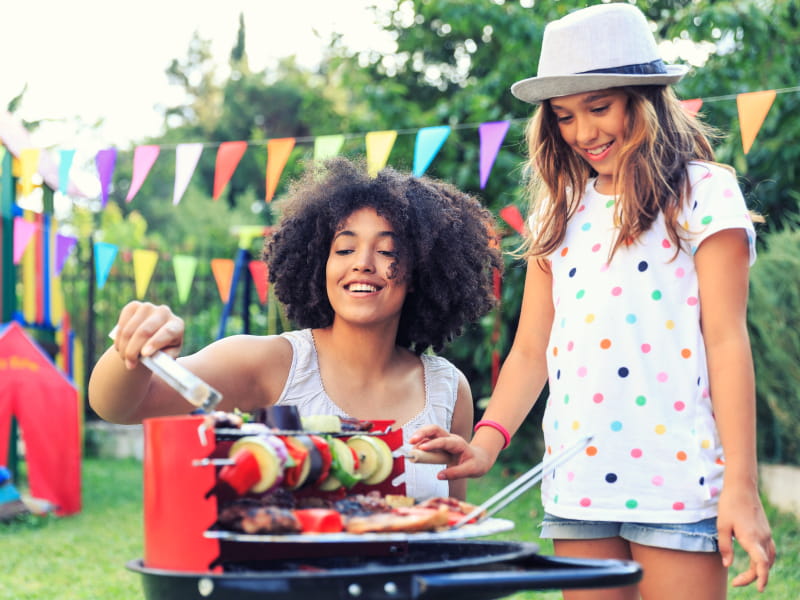When it comes to Labor Day menu choices, safety is tasty
By Tate Gunnerson, American Heart Association News

Labor Day weekend is synonymous with picnics and barbecues, and because of the COVID-19 pandemic, small outdoor gatherings are more popular than ever. However, food that sits out too long or is improperly prepared can lead to trouble.
The good news is, that can be avoided by following a few simple steps.
Penny Kris-Etherton, a distinguished professor of nutrition at Pennsylvania State University recommends keeping hands, utensils, and cooking and food prep surfaces as clean as possible.
"Wash your hands with soap for 20 seconds, and make sure to clean beneath your fingernails and in between your fingers," she said.
Following the cooking guidelines on Foodsafety.gov also can help keep you safe. Beef, pork, veal and lamb should be cooked to an internal temperature of 160 F, while turkey and chicken should be at 165 F. "If you're eating extra lean ground beef, it should never be medium rare or raw," said Kris-Etherton, citing the risk of E. coli.
The Academy of Nutrition and Dietetics suggests other simple steps to reduce the risk of food poisoning:
– Keep raw meat, poultry, seafood and eggs separate from ready-to-eat foods.
– Use a food thermometer to make sure foods are cooked to the appropriate internal temperature.
– Store perishable foods at or below 40 F within two hours. If the surrounding temperature is above 90 F, then refrigerate within one hour.
The risks are real, said Kris-Etherton, a past chair of the American Heart Association's Council on Lifestyle and Cardiometabolic Health. "A lot of people get food poisoning every year, and it's something that's preventable."
According to the Centers for Disease Control and Prevention, 48 million people in the United States – about 1 in 6 – get food poisoning each year. While most recover, 128,000 end up in the hospital and 3,000 die.
Symptoms can range from mild to severe – from stomach cramps, nausea, vomiting and diarrhea to death. In fact, there are more than 250 foodborne diseases, mostly infections caused by bacteria, viruses and parasites. Those pathogens include salmonella, norovirus, listeria and E. coli.
Food poisoning peaks in the summer months when warmer temperatures cause foodborne germs to flourish, according to the CDC.
The illness usually has to run its full course, but Kris-Etherton urged people with bloody stools or a fever of 102 or above to go to the doctor. People who have uncontrollable vomiting or diarrhea also should head straight to the emergency room to get quick IV hydration.
While anybody can get food poisoning, Kris-Etherton said people with compromised immune systems are most at risk. That includes people with autoimmune diseases and those being treated with chemotherapy and other immunosuppressant drugs. Young children, pregnant women and older people also are more vulnerable.
There is no evidence to suggest the coronavirus is spread by handling or eating food. But the CDC urges people to limit close contact with others outside their homes, wash their hands, wear masks and avoid sharing utensils during events and gatherings.
If you have questions or comments about this story, please email [email protected].





